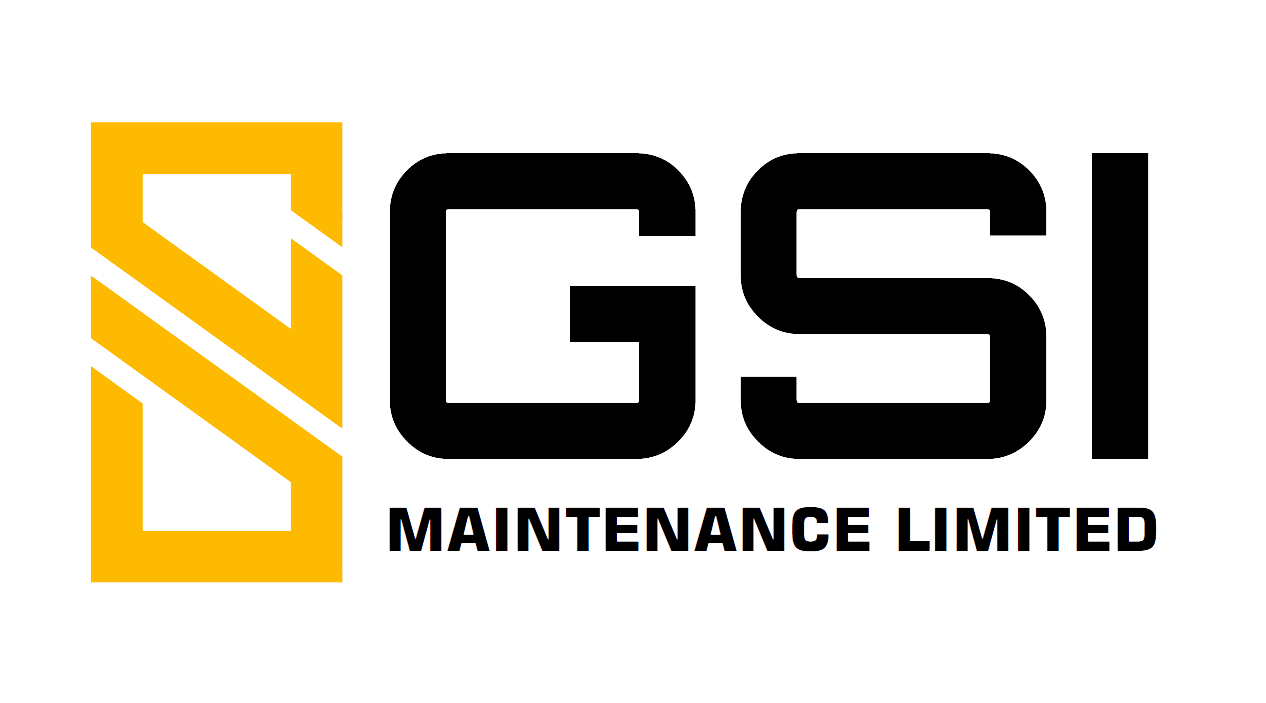RECLADDING
What is Recladding and why is recladding a legal requirement if required?
Recladding, the process of replacing a building’s external facade, involves creating a ventilated space between the original wall and the new facade. This design allows for improved airflow, effectively removing moisture from the building and enhancing its thermal performance.
The tragic events at Grenfell Tower were primarily attributed to the composite panels with a polythene core used for cladding the building. The specific cladding material played a pivotal role in the rapid spread of the fire, bringing significant attention to the importance of recladding projects. This underscores the crucial need to rigorously adhere to safety protocols in any recladding construction work. There are still numerous buildings, both in the public and private sectors, where extensive efforts are required to remove and replace non-compliant cladding, emphasising the urgency of addressing this issue.
We have established a dedicated team of specialists exclusively focused on the recladding of non-compliant buildings. Leveraging our extensive in-house expertise, we oversee every aspect of the recladding project lifecycle, with dedicated management from inception through to completion. Whether serving as principal contractor or subcontractor, our cladding remediation solutions are meticulously crafted to prioritise compliance, uphold superior quality standards and value engineer projects to minimise costs. We are committed to prioritising safety above all else; we want to be part of a construction industry that restores public confidence in building safety.
